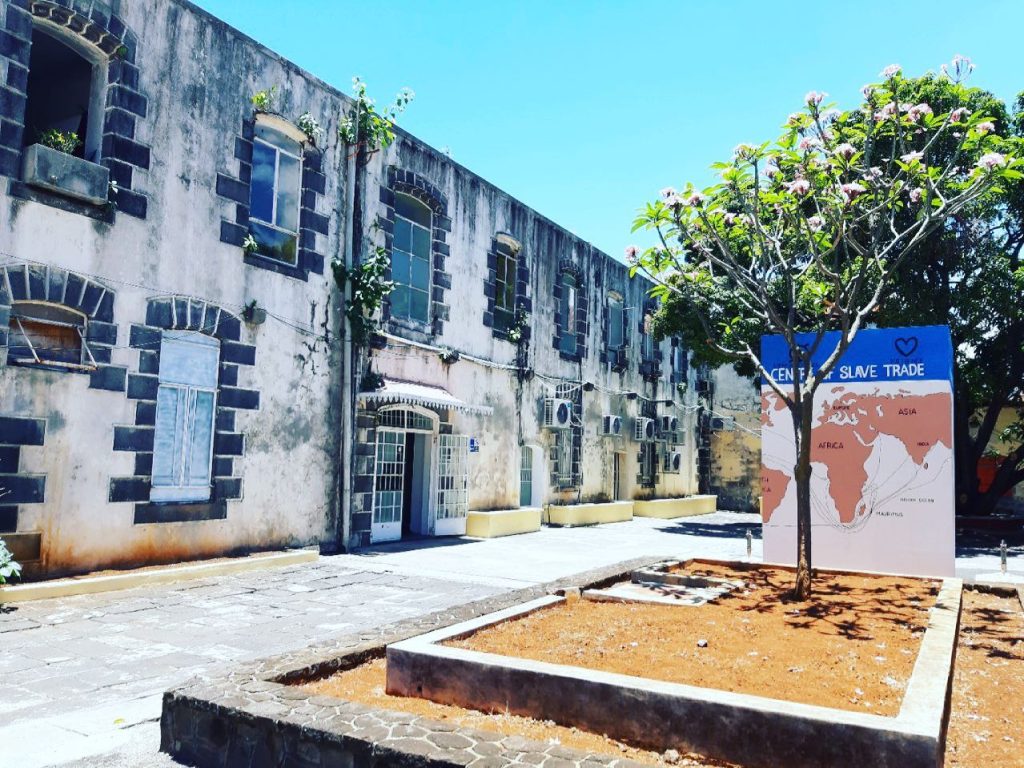Call us now:
Military Hospital
History Of Military Hospital

Constructed in 1740 under the administration of Mahé de Labourdonnais, the Military Hospital was part of a fortified area known as Bastion Labourdonnais. At that time, two cannons were placed at each entrance. The final design of the hospital allowed for easy conversion into a warehouse if needed. Between 1736 and 1740, 40 enslaved individuals from Mozambique and Madagascar, along with some from West Africa, belonging to the French East India Company, were brought to Isle de France to build the hospital. A dozen Indian masons and carpenters from Pondicherry and Karikal, as well as French workers, were also brought in. The main materials used for construction were corals, clay bricks, and argamassa.
By 1741, the hospital could accommodate 300 beds. Patients included sailors, army officers, and a significant number of government-owned enslaved individuals. Due to segregation, European patients were treated on the first floor, while enslaved individuals were accommodated on the ground floor.
During the British period, the building continued to serve as a hospital, except for the enslaved wing, which was converted into a prison for marooned slaves called “Le Bagne.” It was later demolished to house the post office. In 1890, it was sold to the Arab Dock Company and transformed into offices, stores, and a warehouse. After independence, between 1977 and 2007, the military hospital served as the headquarters for the Development Works Corporation (DWC). Since 2006, the military hospital has been in the buffer zone of the Aapravasi Ghat World Heritage Site and is doubly protected. In 2011, the Truth and Justice Commission recommended its full restoration to international conservation standards and its rehabilitation as the Intercontinental Slavery Museum (ISM). Since 2020, the military hospital houses the Intercontinental Slavery Museum, being in an area strongly influenced by the history of slavery. The former military hospital is an important example of Mauritian cultural heritage that should be preserved at all costs. This building has been a privileged witness to the history of the Mauritian population